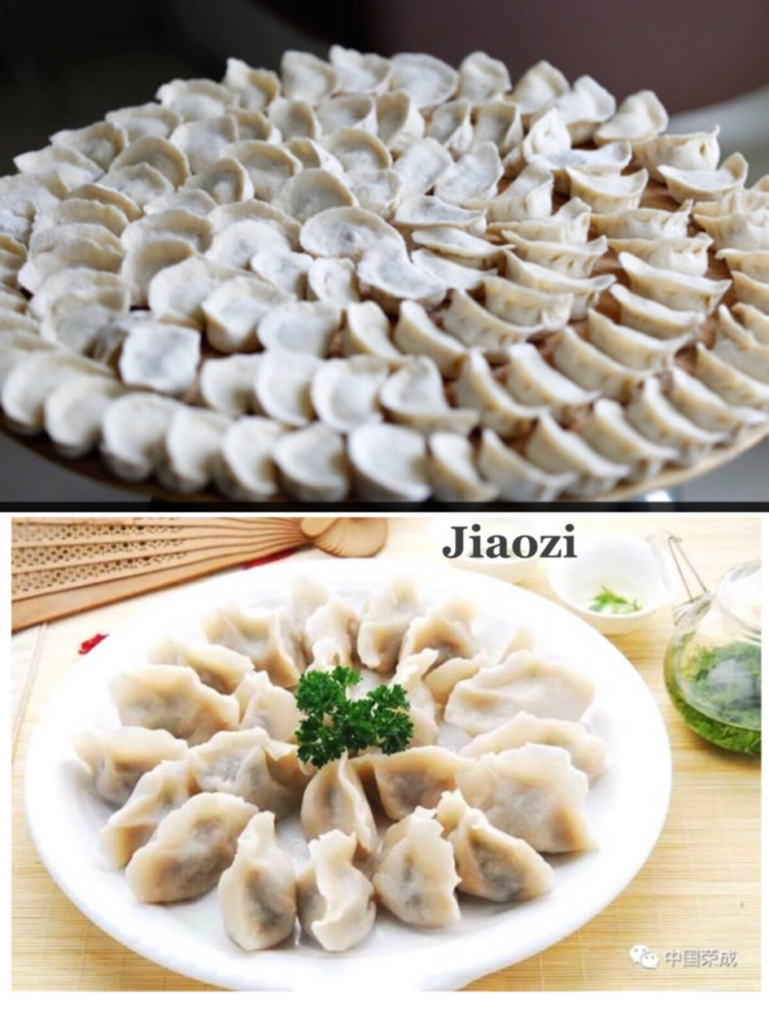Blog 10: Chinese New Year



Today is Chinese New Year, also popularly known as the Spring Festival or Lunar New Year. It is the longest and most important traditional festival for the Han Chinese.
The origin of Chinese New Year celebration („Guo Nian“, 过年 in Chinese) is no longer known. But the tale that most people tell as the reason is that the word year, “Nian(年)“. In Chinese this was originally the name of a monster which always preyed on people the night before new year. To save the people a kindhearted immortal transformed himself into an old man. e told people to put red paper decorations on their windows and doors and to light firecrackers. They were to repeat this every new year’s eve to scare away the monster Nian in case it sneaked back again. From that day on, people kept the custom of celebrating the New Year. The tradition continues to this day, although people have long forgotten that the original reason for “Guo Nian” was to “survive Nian”. They now understand “Guo Nian” as “celebrating the (new) year”.
The Chinese New Year begins on the eve of the New Year and ends on the 15th of January in the lunar calendar. A few days before the New Year, people start buying all kinds of food. They also start decorating their doors, windows and walls with red couplets, paper cut-outs and challigraphy drawings (see pictures above). They use positive themes such as “fu” * – “luck” (see picture above), “lu” – “prosperity” and “shou” – “longevity”. It is also a tradition that every family thoroughly cleans their home before the new year begins. This is done to sweep away the dirt and sickness, and to make room for good luck (it fits with my Blog 8: Love Fengshui Tip: Make Space for What you Really Want).
Although there are different regional customs and traditions for celebrating the New Year, all families in China try to get together on New Year’s Eve and have a reunion dinner with their family.In my hometown, on New Year’s Eve, we always eat “jiaozi”, delicious dumplings cooked in boiling water (see picture above). They symbolise a safe and happy year. After dinner we sit together and watch the Chinese New Year celebrations on TV, chat and wait until midnight. Just before midnight, all the families go outside and light long rows of small firecrackers and fireworks to welcome in the New Year. The whole sky is lit brightly and looks very fantastic.
On the first morning of the New Year (today would be same if I were in China), we get up early and wear new clothes which our parents had bought for us. All the children greeted their parents by wishing them a healthy and happy new year. In return our parents give us a new red envelop containing money.
Although I cannot celebrate the Chinese New Year with my parents this year, I cooked Jiaozi and wrote this blog to express my warm memories for this important celebration.
* About Calligraphy „Fu“
“Fu” means luck and happiness. Many people hang red “Fu“ pictures up side down on purpose. Up side down the word reads „dǎo“, which sounds almost the same as the word “dao`“, which means arrive. So it suggests that luck is coming.
If you like my blog and my philosophy, please check out my work and share my website with your friends. ☺️
